Keeping your home’s plumbing system in peak condition is essential to avoid unexpected clogs, odours, and potential damage. One key area that often gets overlooked is the P-trap — that U-shaped bend in the drain pipe under your sinks. At Plumbco, we’re here to help you understand why regular P-trap maintenance is so important and provide expert tips to keep your drains running smoothly.
Why Should You Clean Your P-Trap?
The P-trap is designed to hold a small amount of water, which acts as a barrier to prevent sewer gases from entering your home. However, debris like hair, soap scum, and food particles can accumulate over time, leading to clogs and unpleasant odours. To prevent sewer smells and ensure smooth drainage, it's best to clean your P-trap every one to three months. Regular maintenance not only helps avoid issues but also extends the lifespan of your pipes.
How to Clean a P-Trap
Cleaning a P-trap isn’t too difficult and can be done with a few basic tools:
- Gather Your Tools: You’ll need a bucket, adjustable pliers, and gloves.
- Place a Bucket Under the Trap: This will catch any water or debris.
- Loosen the Slip Nuts: Carefully use pliers to unscrew the slip nuts on either side of the P-trap.
- Clean Out the Trap: Remove any debris inside and rinse the trap with warm water.
- Reassemble: Screw the P-trap back in place, ensuring the nuts are snug but not overtightened.
If you’re in need of a new P-trap, check out our selection at Plumbco here.
Additional Tips to Keep Your Drains Clear
Cleaning your P-trap is crucial, but there are additional steps you can take to maintain a healthy drainage system between cleanings:
1. Pour Hot Water Weekly
Pouring very hot water down the drain at least once a week can help dissolve soap scum, grease, and other buildup. This simple habit can make a big difference, especially for kitchen sinks.
2. Use Vinegar for a Deep Clean
Vinegar is a natural cleaning agent and can help keep your drains smelling fresh. Pour one cup of vinegar down the drain, let it sit for 30 minutes, then rinse with two quarts of hot water. This process helps break down buildup and keeps things flowing smoothly.
3. Scrape and Rinse Dishes Before Loading the Dishwasher
Prevent unnecessary buildup in your kitchen sink by scraping dishes thoroughly and rinsing them with cold water before putting them in the dishwasher. This prevents food particles from accumulating in the P-trap.
4. Schedule a Professional Inspection
For added peace of mind, schedule a professional inspection of your drainage system. A plumber can identify any other potential issues, such as damaged pipes or clogs further down the line.
The Benefits of Regular P-Trap Maintenance
Staying on top of your P-trap maintenance provides a range of benefits:
- Odour Prevention: Prevents foul smells from wafting up into your kitchen or bathroom.
- Improved Drainage: Keeps water flowing smoothly, reducing the chances of slow-draining sinks or standing water.
- Pipe Longevity: Reduces the risk of corrosion and pipe damage caused by debris buildup.
- Cost Savings: Minimises the likelihood of needing costly emergency plumbing services.
Regular P-trap cleaning is an easy, cost-effective way to maintain your home’s plumbing. By following these simple tips and scheduling routine inspections, you can keep your drains running smoothly and prevent common plumbing problems. For more expert advice or assistance, reach out to the Plumbco team, your trusted partner for all things plumbing!

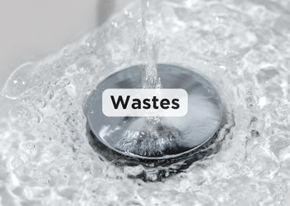

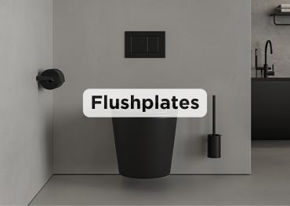
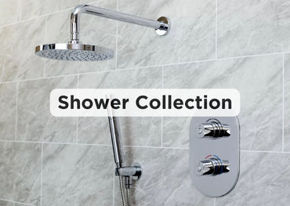
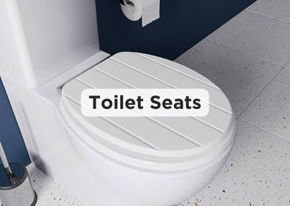
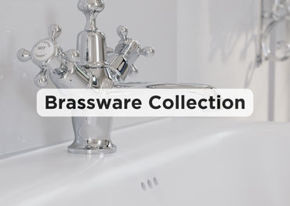
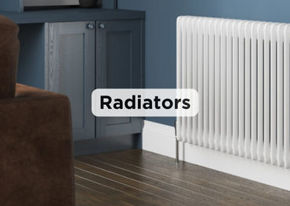
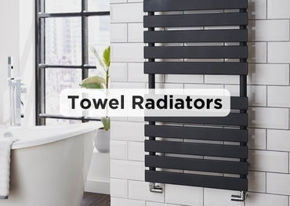
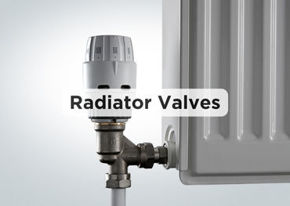

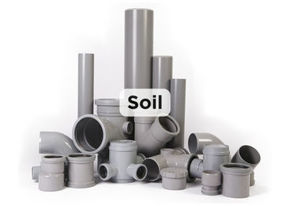
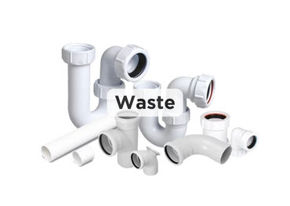
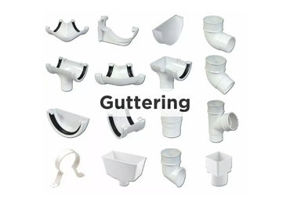
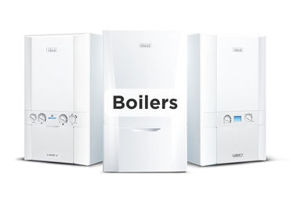
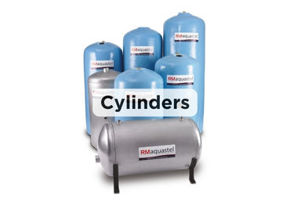
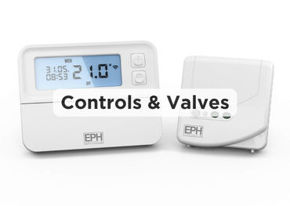
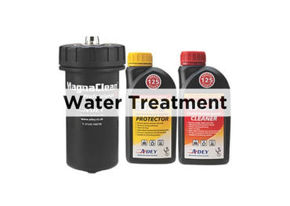
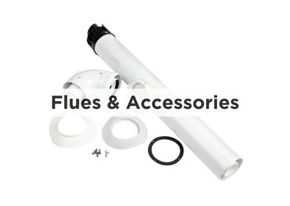
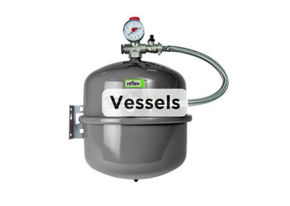
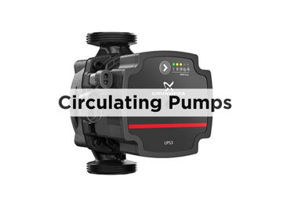
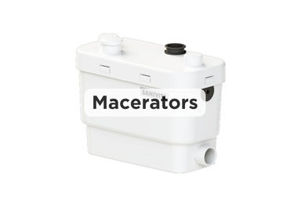
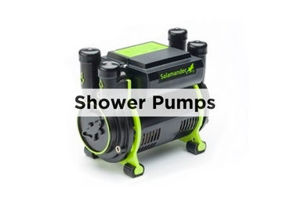
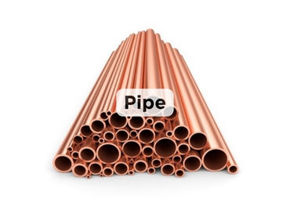


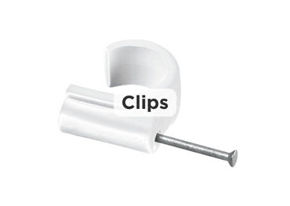

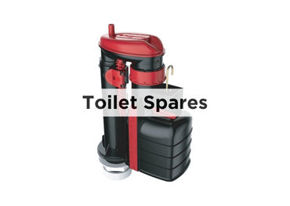

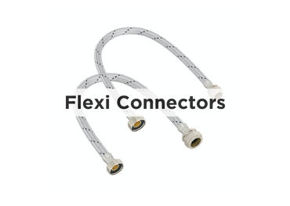
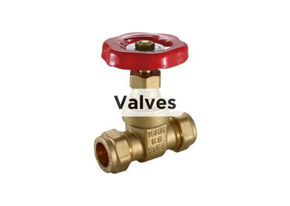
.jpeg)